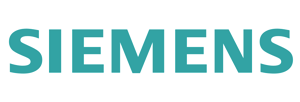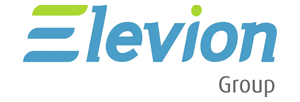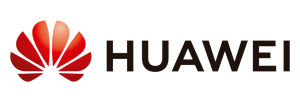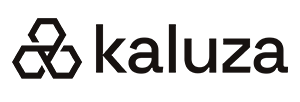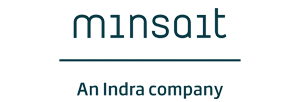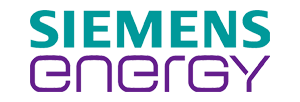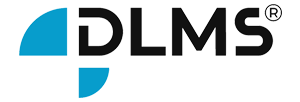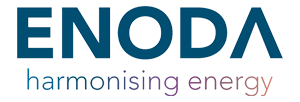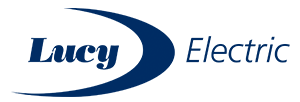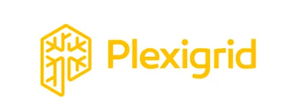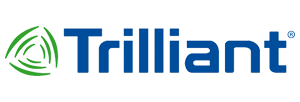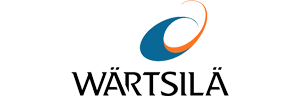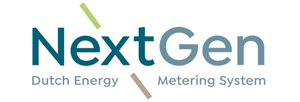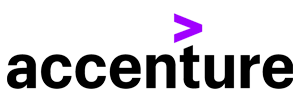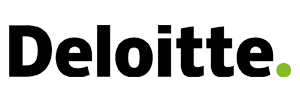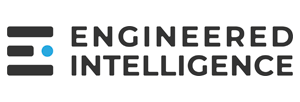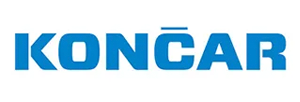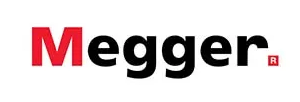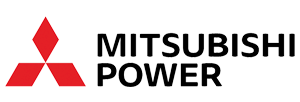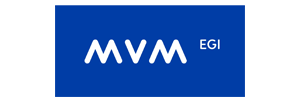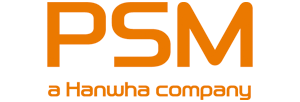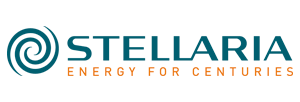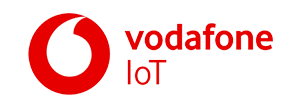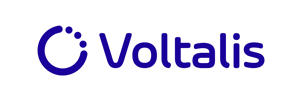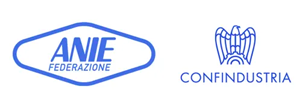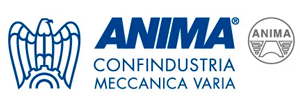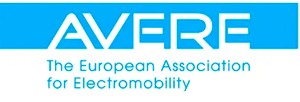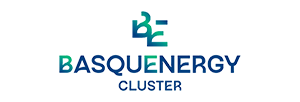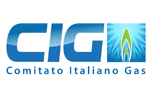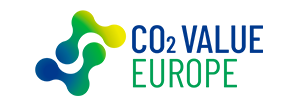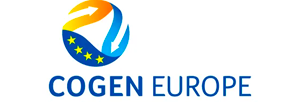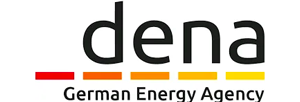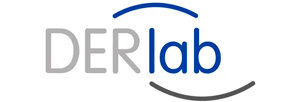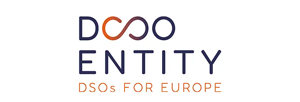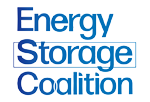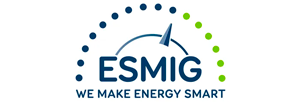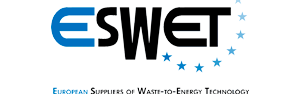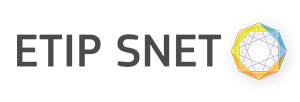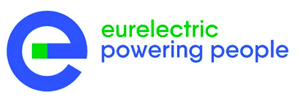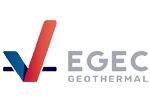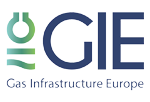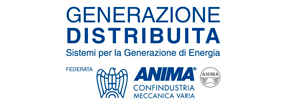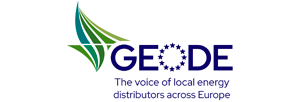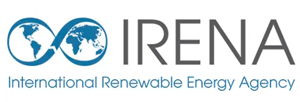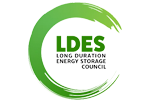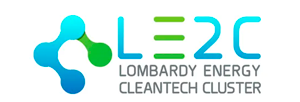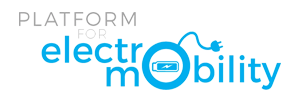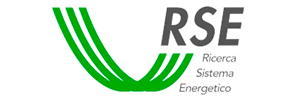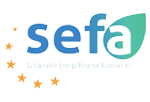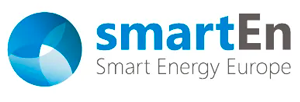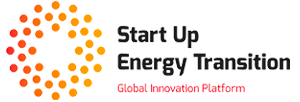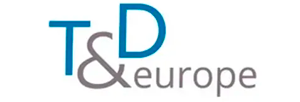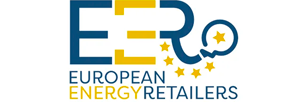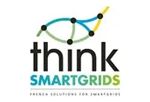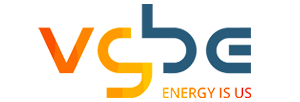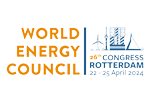System Flexibility Strategies
)
- Event: Enlit Europe 2024
- Date: 23rd October 2024
- Time: 10–12 minutes
Quick Summary
Energy flexibility, smart grid solutions, and grid congestion management were front and centre at Enlit Europe 2024 as leaders discussed how to deliver a more agile, distributed, and resilient energy system. With electrification accelerating and renewables scaling, system flexibility has become a critical pillar of the energy transition—not an option but a necessity.
This panel offered a compelling look at how DSOs, software providers, regulators, and innovation hubs are navigating the technical, regulatory, and cultural roadblocks that still hinder implementation. From France's Flex Ready programme to Norway's conditional grid access, the strategies on display all converged on one truth: flexibility is foundational.
Watch the video or read the article below:
Introduction: Flexibility as the Backbone of Europe's Energy Transition
Europe’s energy landscape is undergoing a monumental transformation. As nations ramp up electrification and renewable energy adoption, traditional grid infrastructure is grappling with capacity bottlenecks and an urgent need for agility. At Enlit Europe 2024, a high-level panel moderated by Beat Petrovic (Senior Analyst, Ember) tackled this issue head-on in a session titled "System Flexibility Strategies."
This timely discussion explored how energy flexibility can serve as a core enabler for the energy transition, particularly at the distribution grid level, where 70% of future renewables are expected to connect. Participants from across the sector—DSOs, software innovators, business strategists, and regulators—outlined the pressing challenges and emerging solutions in deploying system-level flexibility at scale.
With speakers from Elvia, Siemens Grid Software, Waterfall Distribution, Think Smart Grid, and GreenFlex, the session delivered a powerful and nuanced look into the strategies and systemic changes needed to unlock flexibility and, by extension, Europe's clean energy future.
The Network Is Full — And Only Flexibility Can Solve It
The conversation opened with Erik Janssen presenting a stark reality from Norway. Elvia, the country’s largest DSO, is seeing demand requests for grid capacity reaching almost twice the network's current peak load. Grid expansion alone can’t keep up—it’s costly, slow, and often hindered by permitting challenges and local opposition. As Janssen put it, “Time is the most critical factor right now.”
To address this, Elvia is strategically shifting to using the existing infrastructure more intensively, even if that means operating it closer to technical limits. “We can't tell customers it will take five or ten years to get a connection. They are ready now,” he explained.
Flexibility emerges as the key strategy—they're introducing innovative service models like conditional connection agreements, where customers agree to be curtailed during peak strain scenarios in exchange for earlier access. Janssen cautioned, however, that this requires complex system support, from advanced network monitoring and data analytics to dynamic risk tolerance frameworks in operations—including robust grid congestion management mechanisms.
Economic Stakes and Market Realities
Ralph Horne of Siemens emphasised the economic urgency across Europe. In the Netherlands, for instance, inadequate grid capacity is now estimated to be costing the economy €40 billion annually. “Factories can’t expand. Terminals can’t be built. Grid bottlenecks are stalling economic growth,” said Horne.
Yet, despite the growing consensus around energy flexibility, its practical deployment remains sparse. “There is no DSO anywhere globally currently running a system-wide flexibility solution at full scale,” he stated. Drawing on Siemens’ work with Elvia, NDA (Netherlands), and several Austrian DSOs, Horne highlighted that the core barrier isn’t technology—it’s the absence of an integrated, operable grid model that spans planning, operations, and customer interactions.
According to Horne, “Flexibility that isn’t planned for can’t be operated. And flexibility that isn’t operable can’t be planned for.” The solution? A fully integrated network model—what Siemens calls GridScale X—that enables transparency, scalability, and real-time control across voltage levels and across IT and OT domains. It's a critical step toward enabling interoperable smart grid solutions.
Granular Complexity, Social Demand, and Institutional Constraints
Yvonne Ruda offered critical insight on the real-world conditions DSOs face. With rising customer expectations and renewable integration, DSOs are now under immense pressure to connect more users faster. Ruda stressed that flexibility helps enable this—but warned that its implementation is enormously complex.
“Our regulatory frameworks don’t understand the operational and innovation costs that flexibility demands,” Ruda noted. Most regulation favours traditional CapEx investments over OpEx-heavy innovation and system change, leaving DSOs with little incentive or budgetary room for digital transformation.
Moreover, Ruda repeatedly emphasised that flexibility isn’t just a technical task. It’s a socio-technical process that involves new conversations with customers, markets, and peers. “You cannot work with flexibility from one day to another. It takes time—for DSOs and for customers alike.”
Ruda called for a unified roadmap at the EU level, more rigorous standards, and regulatory clarity that supports both innovation and long-term investment value. “It’s the Wild West out there. We need a map, not just a compass,” she quipped.
France’s Flex-Ready Initiative: Standardising for Scale
For an example of coordinated national action, Cédric Sennepin introduced France's new Flex Ready initiative. Underpinned by a €2 billion investment plan extending to 2040, French network operators like RTE and national DSOs are preparing for a major scale-up in electricity demand—from 25% to over 55% of total energy consumption.
Sennepin laid out a clear three-part action plan:
- A new technical certification—Flex Ready—for tertiary buildings like schools, offices, and shops, ensuring they're prepared to offer demand-side services within energy flexibility frameworks.
- Open data exchange standards between DSOs, TSOs, aggregators, and suppliers to ensure interoperability.
- Development of automated EMS (Energy Management System) “boxes” capable of communicating with all grid signals—price, peak load, and local flexibility needs.
“Consumption will become the balancing agent of the future, not just supply,” said Sennepin. “This shift demands immediate standardisation and cultural change.”
Lessons from the Field: Pilots, Platforms, and Practical Frictions
Juan Prieto Morris of GreenFlex dove into specific flexibility deployment examples, particularly in Italy. In partnership with Enel Distributie and alongside software integrators such as PiclaFlex, GreenFlex rolled out a near real-time flexibility service within 18 months. This DER platform aggregates and manages distributed energy resources (DERs), delivering effective grid congestion management and enabling local balancing.
Prieto’s advice: avoid monolithic systems. Instead, develop microservices that plug in modularly to existing DSO infrastructures. “Agile methodologies are essential,” he explained. “You need to make decisions as you go. There is no plug-and-play when dealing with live systems and grid reliability.”
However, he admitted that customers themselves aren't ready yet. While batteries, EVs, and home energy systems are receiving subsidies, very few are technically capable of responding to market signals or DSO curtailment requests. “We are investing in smart assets, but they can’t talk to the grid,” he warned.
Scaling Flexibility: The Cultural, Technical, and Regulatory Homework Still to be Done
As the discussion deepened, all participants converged on the core challenges:
- Regulation is not keeping pace with flexibility’s potential, particularly when it comes to valuing OpEx, enabling revenue streams for flexible services, and balancing risk and reward for DSOs.
- Many “smart” assets in the field—EVs, solar, batteries—are not integrated into any communication framework with DSOs or flexibility markets.
- DSOs face internal capability gaps. From planning to operations, customer service to procurement, flexibility touches every business unit—and most are ill-prepared.
- Tools to value and monetise flexibility across different markets—balancing, capacity, and congestion—must mature rapidly.
- One solution: establish dedicated flexibility teams within DSOs. Ruda shared how Waterfall Distribution set up a "flexibility hub" internally—a cross-functional team that meets regularly to iteratively explore, learn, and deploy new solutions without being bound by legacy operating models.
“We realised we're not just adopting a new technology—we're adopting a new way of working,” Ruda said. “It’s agile, experimental, and collaborative from day one.”
A Common Grid Model: The Keystone to Operational Flexibility
Ralph Horne closed with a poignant reminder: without a shared and integrated grid model, flexibility will remain a theory. “Grids were built over 100 years to be static, one-directional and deterministic,” he said. “We must remake them in under 10 years to be dynamic, bidirectional, interoperable.”
This means bridging IT and OT data, harmonising planning and operations, and standardising voltage layers from LV to MV and HV. Siemens’ GridScale X seeks to address this with a modular, cloud-native software suite tailored for the future of smart grid solutions and constant evolution through cross-market integration.
“The days of buying a DMS every 15 years are over,” Horne stated. “We don’t know what the grid will need in three years, so we need software—and partnerships—that evolve with us.”
Conclusion: Flexibility Is a Journey, Not a Switch
This Enlit Europe session offered no silver bullets—but it did present a maturing consensus. Flexibility is not just a nice-to-have. It is a system condition for climate targets, grid efficiency, and market development.
Yet breaking through to full implementation requires coordinated effort across policy, customers, DSOs, markets, and software providers. The barriers are high—skills, funding, systems, culture—but so are the consequences of inaction. For DSOs, unlocking energy flexibility isn’t only about relieving grid constraints—it’s about transforming entire business models and mindsets.
As Petrovic closed the discussion, he summarised it simply: “It’s a learning journey. One where the only constant is change—and collaboration.”
Session Takeaways
-
Energy flexibility enables faster integration of renewables
-
Smart grid solutions must evolve with modular, interoperable tools
-
Grid congestion management demands real-time coordination and predictive control
-
Regulatory frameworks must value OpEx and innovation
-
DSOs must restructure internally to lead the flexibility transition
Final Thought
Flexibility isn’t optional. It’s the strategy that bridges today's limitations and tomorrow’s ambitions. Europe’s energy future depends on scaling it responsibly, rapidly, and collaboratively.
JOIN US IN 2025: BOOK YOUR PASS






